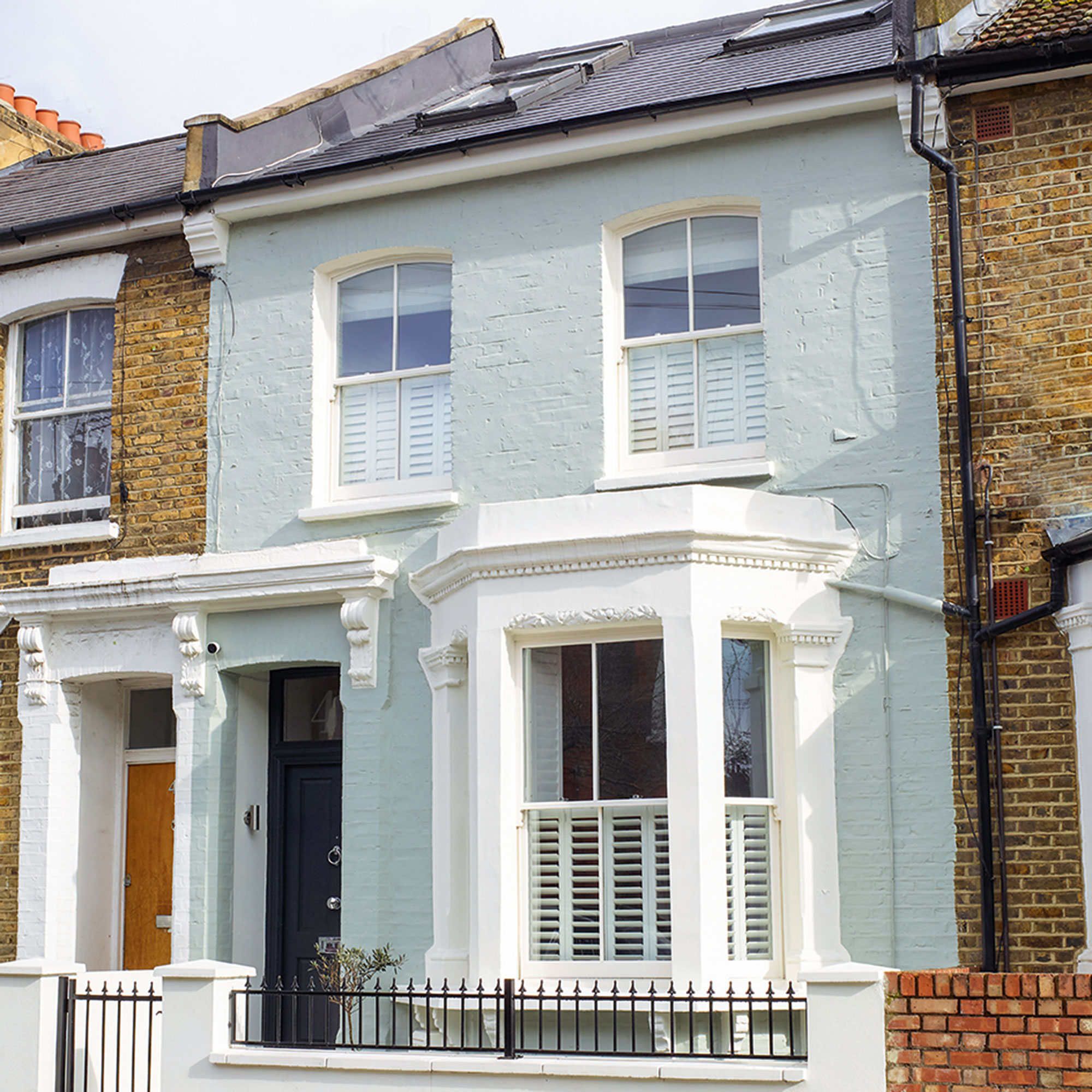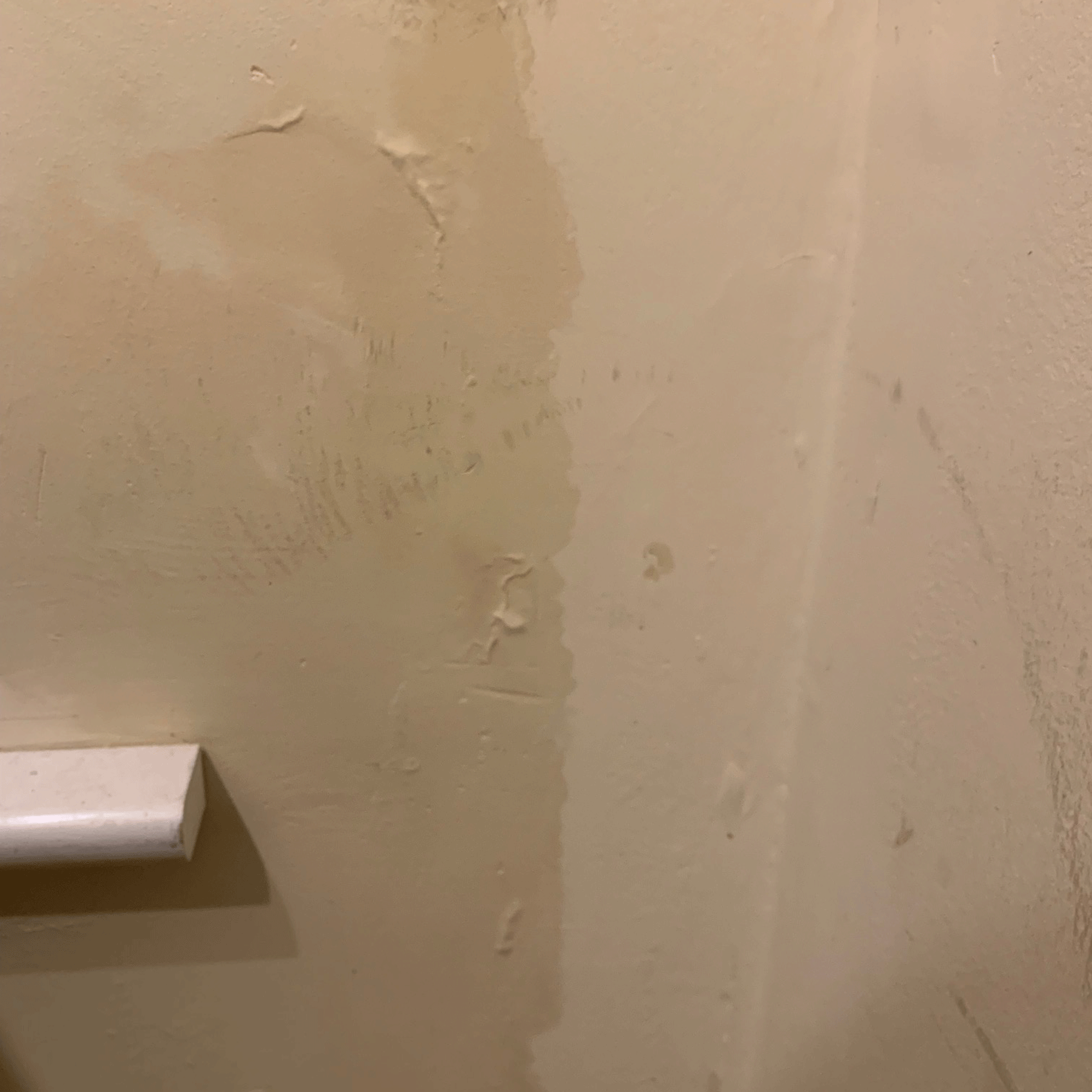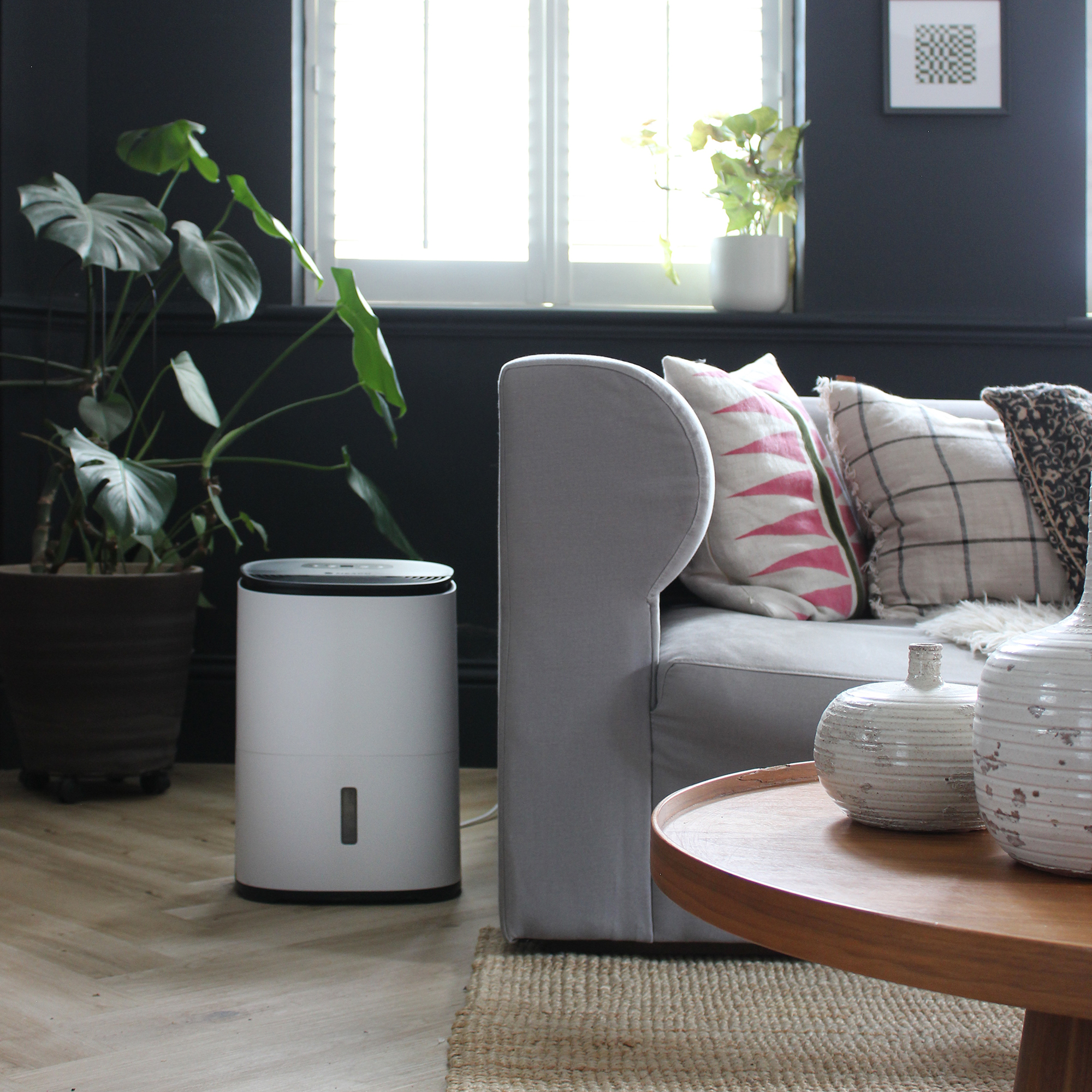What is penetrating damp? Signs your house may have it and how you can fix it, according to experts
Penetrating damp is a costly problem, so early detection is key


Wet and damp conditions are all part and parcel of living in the UK, but penetrating damp isn’t something you should take lightly. Left untreated, it could spell disaster for your home and cost you a fortune in maintenance and repair costs. But what is penetrating damp?
Not to be confused with the signs of rising damp, penetrating damp is when water sneaks into a property through its external walls. In an ideal world, homeowners want to get rid of damp and keep excess moisture to a minimum, which is why penetrating damp poses such a problem.
The key to solving penetrating damp is early detection, which is why we’ve asked the experts to share their knowledge on what causes penetrating damp, how to identify it , and what to do if you have penetrating damp.
What is penetrating damp?
Most people want to stop dampness coming through walls, but that’s impossible to do when you have penetrating damp. Below, we’ve outlined everything you need to know about this household problem, and what to do if you discover you have penetrating damp in your home.
What causes penetrating damp
Penetrating damp can be a nightmare for homeowners and landlords alike, but it’s important to note that it's usually the by-product of a much bigger issue.
‘The usual suspects behind this problem include leaky roofs, cracks in walls, messed-up gutters, and faulty window or door seals,’ says Elizabeth Vergara from Vergara Homes.
These external defects offer gateways for the water to infiltrate your home, which is why it’s always a good idea to keep on top of cleaning your gutters and keep an eye out for any cracks in your bricks or render or problems with your roof.
Sign up to our newsletter for style inspiration, real homes, project and garden advice and shopping know-how

Of course, penetrating damp is particularly troublesome during periods of heavy rainfall and is more common in older properties that have deteriorated over the years. It’s less common for modern homes to suffer from this problem, but there’s no doubt that it’s very inconvenient and costly for any house.
Jack Garratt, Managing Director at Garratt’s Damp & Timber Ltd says, ‘Penetrating damp may also affect your house insurance. Many insurance companies regard penetrating damp as general wear and tear, which means that any repairs are not covered, and the expense has to be covered by the homeowner.’
The signs of penetrating damp
Although penetrating damp can be a cause for concern, the signs of this excess moisture are primarily visible signs - which means that you should be able to catch them early.
‘It manifests itself through visible damp patches, puddles and drips that are contained within a singular area,’ says Jack. ‘It makes plaster crumbly and wet, leaves damp patches on ceilings or walls, and staining on external walls.’
‘If left untreated, black mould or spores may appear on internal walls, as condensation increases due to the damp air hitting cold surfaces. It also has a distinctive musty odour, particularly when fungal growth of wet or dry rot occurs on the timbers.’
So, it’s best to keep an eye on your home and make a note of any unusual changes.

Penetrating damp on kitchen wall
What to do if you have penetrating damp
Although many people may dismiss the signs of penetrating damp, it’s important to solve this issue as soon as you spot them.
Peter Clayton, from Trade Plumbing says, ‘When left untreated, penetrating damp can become very serious. Not only can it cause irreparable and costly damage to the structures of your home, but it may also result in the formation of mould on surfaces.'
First and foremost, you should try and do everything you can to dry the excess moisture that’s made its way into your house. The best way to do that is to use one of the best dehumidifiers.

Then, you need to find the cause of this penetrating damp. However, you should never try to carry out any remedial work yourself as you may cause more damage in doing so. Instead, do your research and find a well-respected and well-reviewed damp specialist who can take over.
This professional will be able to survey your house and perform certain tests on the brickwork and the roof to see where the water is coming in. When they figure out where the water is coming in (in many cases, you may have a few separate issues that need fixing), they can take steps to repair the problem and protect your house from future penetration.
You may find that your penetrating damp can be fixed with a few simple roof repairs, or it might be that you need to replace your broken gutters. However, you also need to be aware that this may be a much bigger job - especially if you need to re-render your house, weatherproof your bricks, or replace your windows.
Peter adds, ‘Then, internal dampness can be treated. Damp plasterboard must be removed and left to fully dry. If the plasterboard is extremely wet or contains mould, it must be discarded and replaced.’
FAQs
How do you know if damp is penetrating?
There are three different types of damp; condensation damp, rising damp and penetrating damp. Condensation damp is usually temporary and harmless, and rising damp will only ever affect the ground floor of your home.
However, penetrating damp can affect any room in your house and is the result of water sneaking into a property through its external walls. This will usually show itself in the form of mouldy damp patches on your wall, a musty smell, and blistering plaster and paint.
How do you treat penetrating dampness?
It’s always best to avoid DIY treatments when it comes to penetrating damp, as you may do your house more harm than good. But when a professional takes on this job, they will focus on treating the cause of this problem. This might involve fixing broken guttering, re-rendering the outside of a house, fixing masonry, or replacing broken roof tiles.
The damp professional may also suggest weatherproofing the exterior bricks of your house, in an effort to create a weatherproof barrier between you and the outside world.
If you spot signs of penetrating damp, it’s best to act fast.

Lauren Bradbury has been the Content Editor for the House Manual section since January 2025 but worked with the team as a freelancer for a year and a half before that. She graduated with a Bachelor’s degree in English and Creative Writing from the University of Chichester in 2016. Then, she dipped her toe into the world of content writing, primarily focusing on home content. After years of agency work, she decided to take the plunge and become a full-time freelancer for online publications, including Real Homes and Ideal Home, before taking on this permanent role. Now, she spends her days searching for the best decluttering and cleaning hacks and creating handy how-to guides for homeowners and renters alike, as well as testing vacuums as part of her role as the Ideal Home Certified Expert in Training on Vacuums, having spent over 110 hours testing different vacuum models to date!